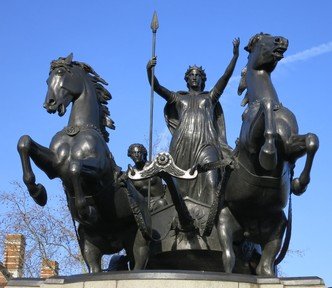
It's Not that Easy, Being Queen Quiz
Women Rulers of Great Britain Before Mary I
Mary I was the first queen regnant of England. Before her, some rather notable women ruled (or sought to rule) the various peoples and realms of the island of Great Britain from Antiquity until the Marian Restoration.
An ordering quiz
by gracious1.
Estimated time: 3 mins.